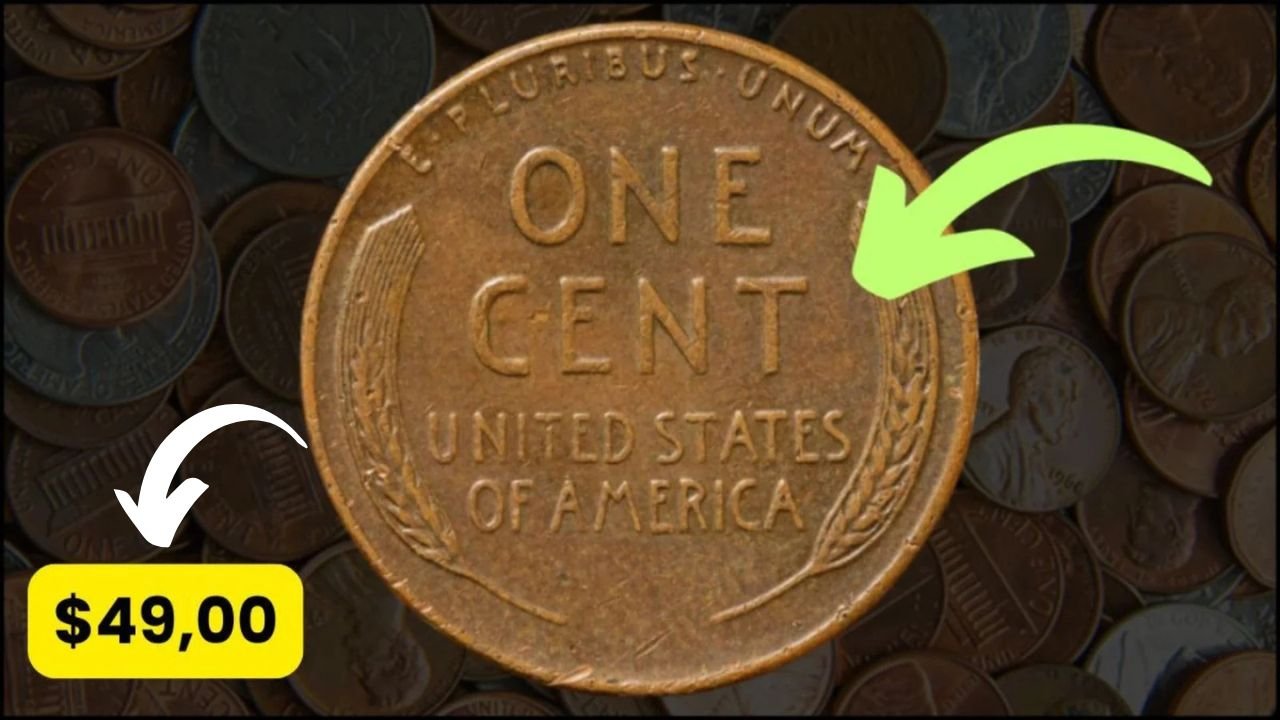For over a century, the humble Lincoln Wheat penny has fascinated coin collectors and history enthusiasts alike. First minted in 1909 to honor the 100th anniversary of Abraham Lincoln’s birth, this small copper coin became one of the most widely recognized pieces of American currency. Today, it’s not just a relic of the past — some rare examples are worth tens of thousands of dollars, with one version fetching as much as $49,000.
What Makes the Wheat Penny Special?
The Lincoln Wheat penny, produced from 1909 to 1958, features Abraham Lincoln’s portrait on the obverse and two wheat stalks on the reverse — hence the name “Wheat penny.” Millions were struck each year, but not all Wheat pennies are created equal. Their value depends on several factors, including:
Errors or variations in production
Condition (graded on a scale from circulated to uncirculated)
- Mint mark (small letter under the date identifying where it was made)
The $49,000 Wheat Penny
The most valuable Wheat pennies tend to be those with minting errors or very low mintage numbers. For example, the 1943 copper Wheat penny is one of the most famous rarities. During World War II, pennies were supposed to be struck in steel to save copper for the war effort. However, a small number were accidentally minted in copper, making them incredibly rare. Collectors have paid upward of $49,000 — and sometimes far more — for these elusive coins in pristine condition.
Still in Circulation?
While it may sound unbelievable, rare Wheat pennies occasionally still turn up in pocket change. Because they were produced in massive numbers, millions remain in circulation, tucked away in jars, piggy banks, and coin rolls at banks. Most Wheat pennies you’ll encounter are worth only a few cents to a few dollars. Still, it’s possible — though extremely rare — that a valuable specimen could slip into circulation unnoticed.
How to Check Your Change
If you want to hunt for a potential treasure:
Look at the year and mint mark — key dates include 1909-S VDB, 1914-D, 1922 (no D), and the 1943 copper.
Check the condition — coins with little wear are worth more.
Research values — reputable coin pricing guides or dealers can help identify whether you’ve got something special.
Final Thoughts
The Lincoln Wheat penny is more than just spare change — it’s a piece of American history, with a few rare examples commanding life-changing sums at auction. While the odds of finding a $49,000 penny in your pocket are slim, it’s a reminder that sometimes extraordinary value hides in the most ordinary places.
Disclaimer: Always have potentially valuable coins authenticated and appraised by a reputable expert or grading service such as PCGS or NGC.
